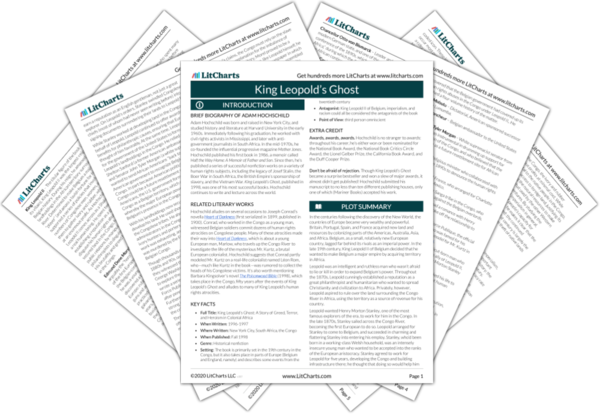This passage is important for two reasons. First, it establishes that the Force Publique, in spite of being a brutal private army, wasn’t particularly well-organized; many soldiers in the Force were angry with King Leopold, despite their ostensible allegiance to him. Second, contrast the chivalry and magnanimity of the tribesmen who spared Father Achte’s life with the sadism of the Force Publique—Hochschild suggests that the Congolese rebels, despite being characterized as “savages,” were actually far more honorable and “civilized” than their European colonizers.
